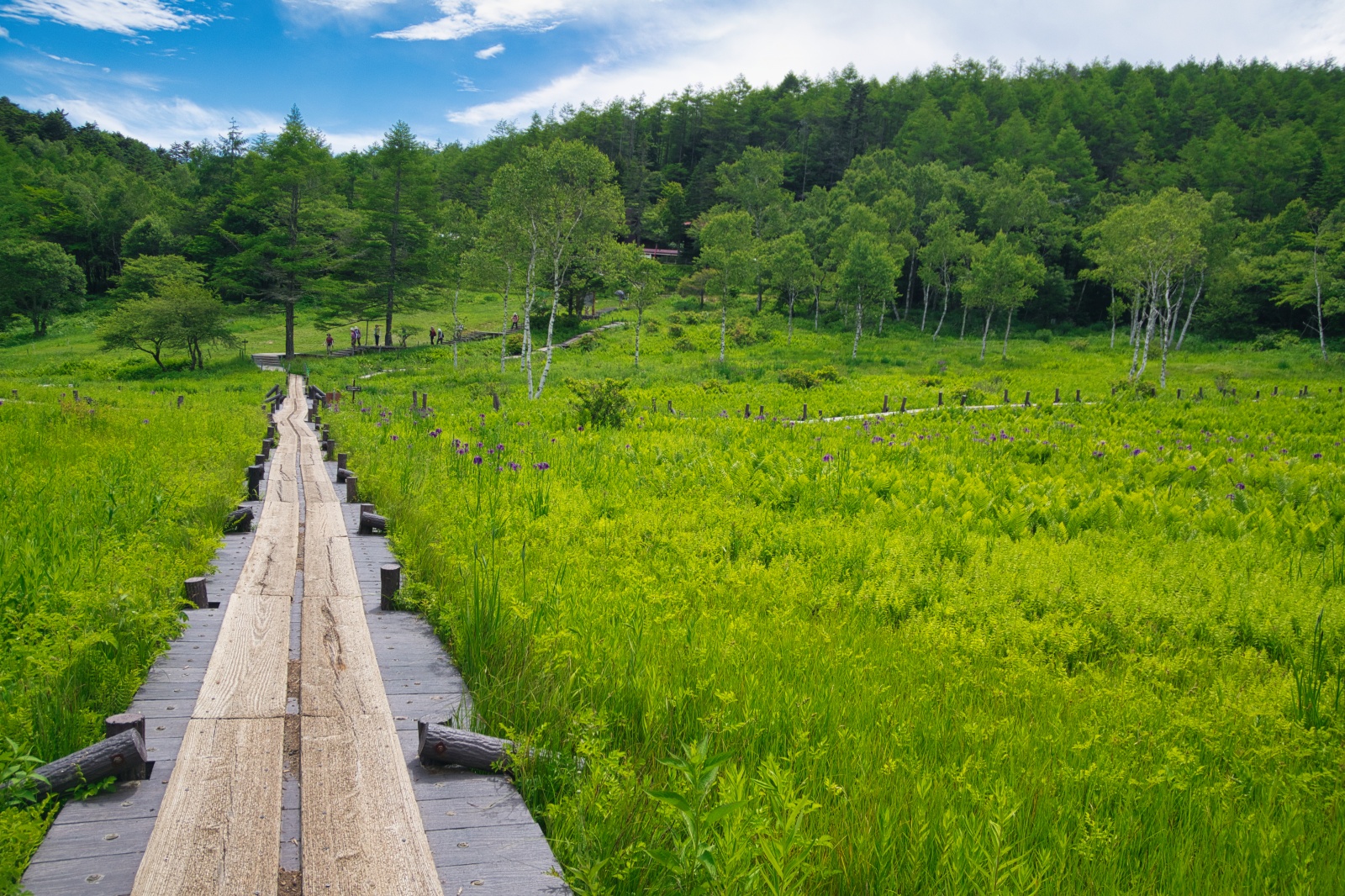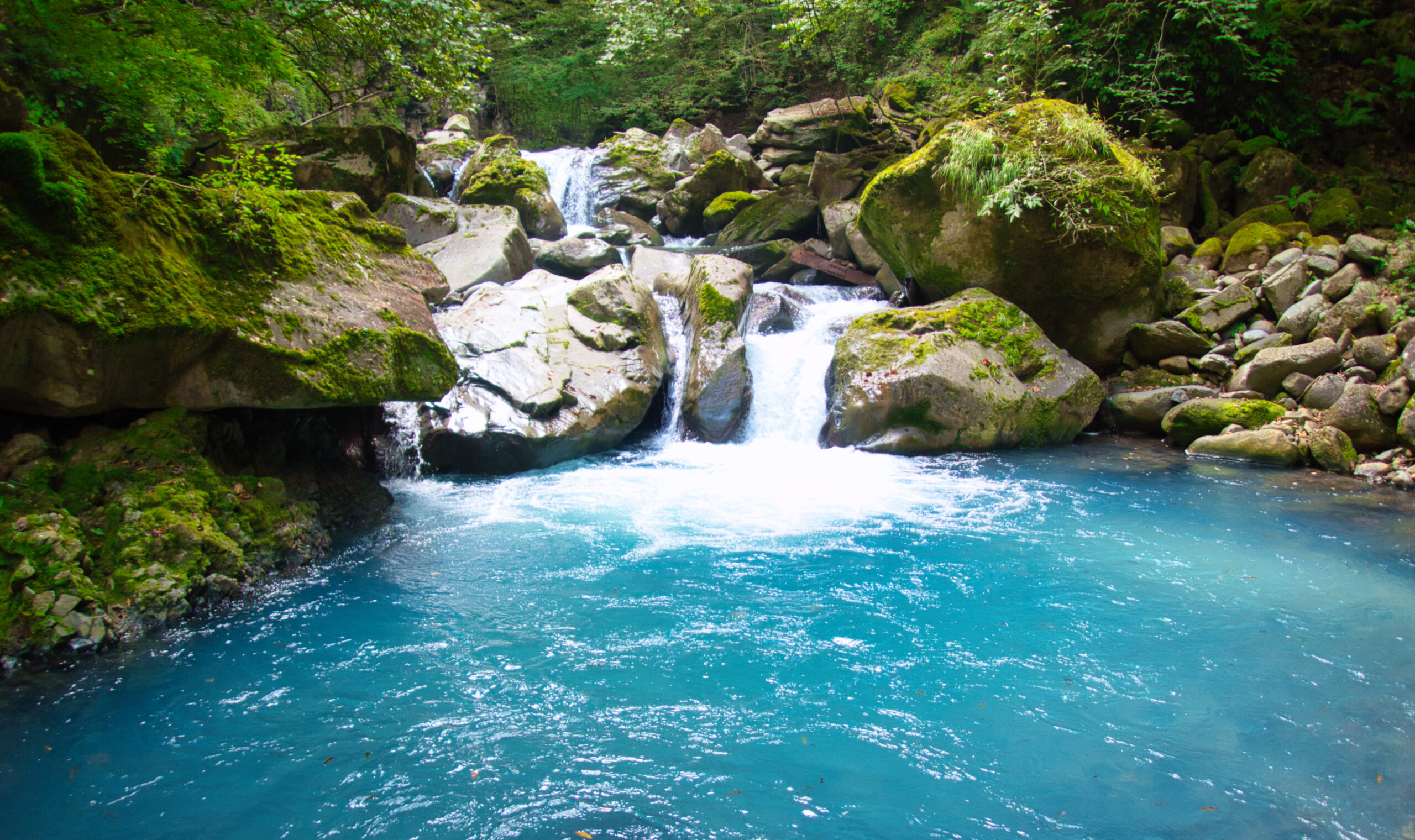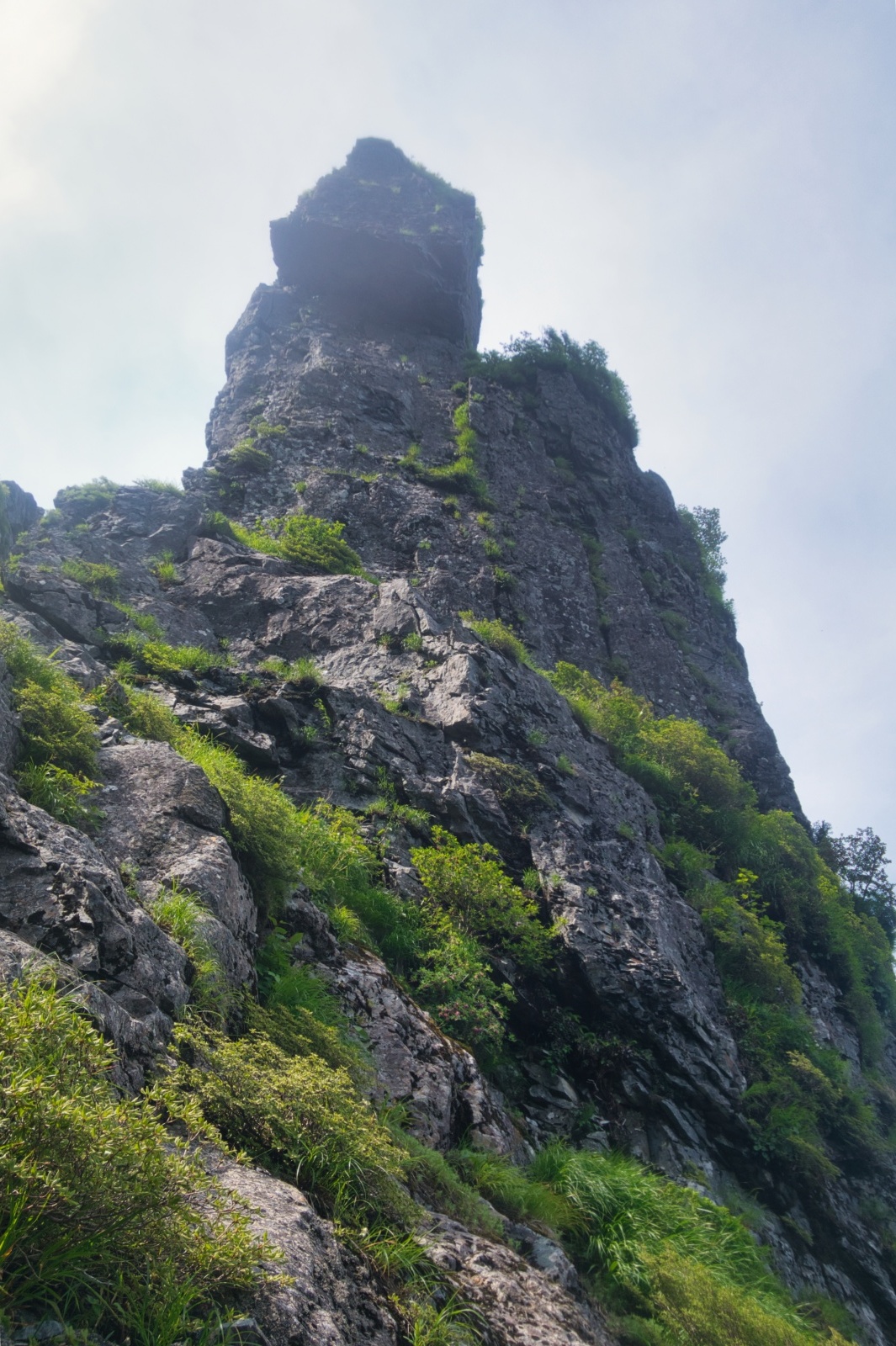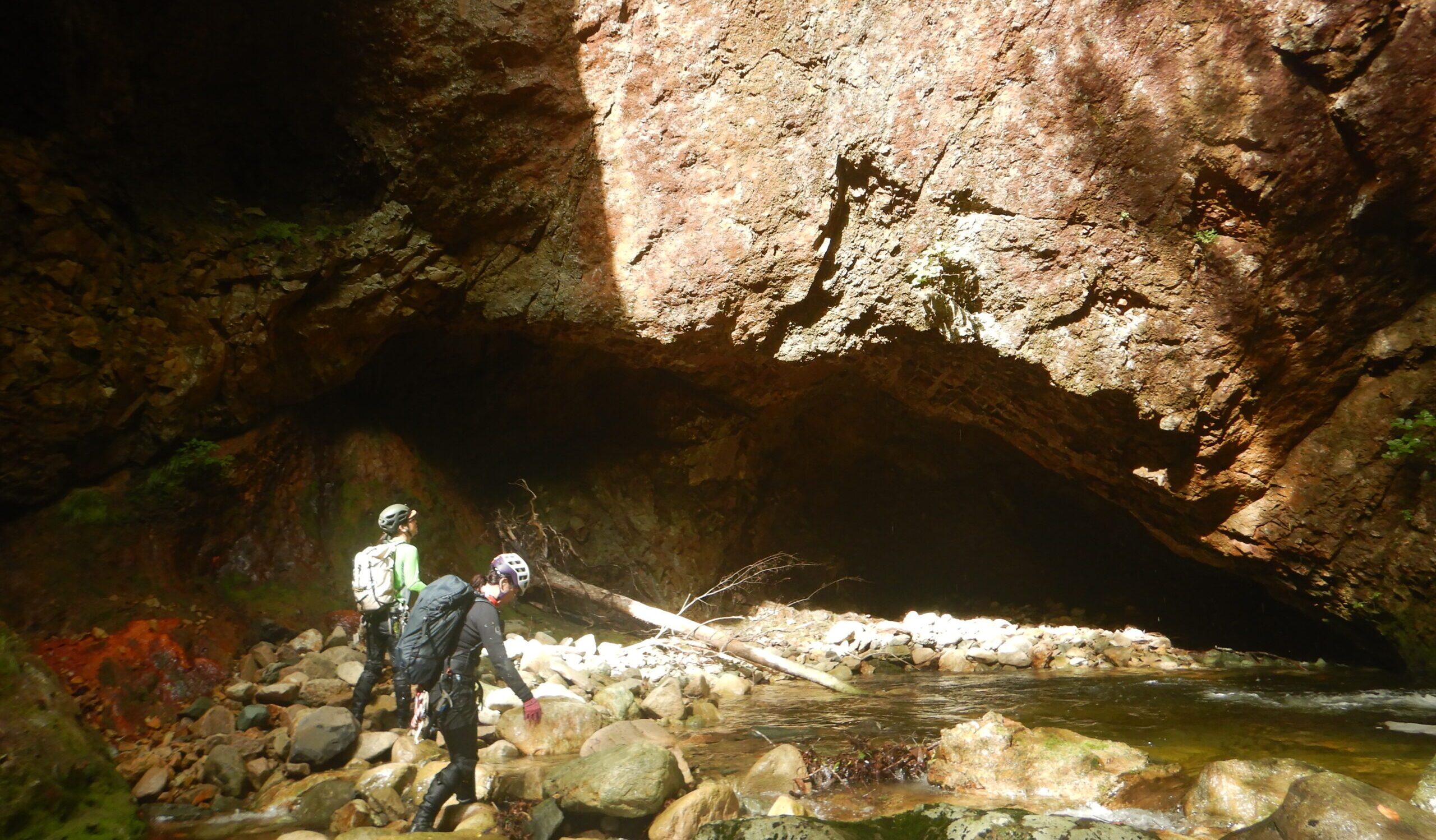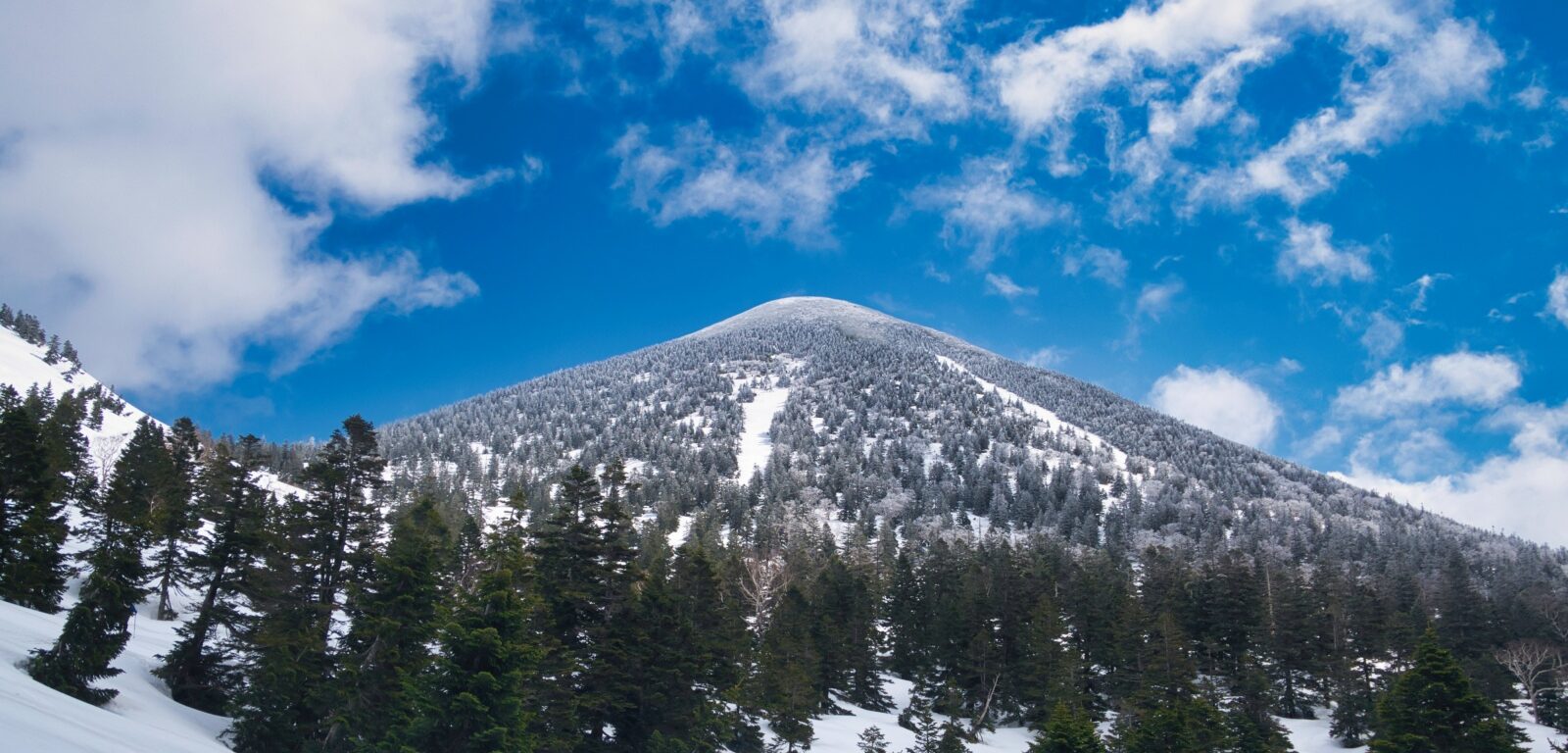【Deep Dive Chronicle】Hōō Sanzan: Rock Towers and May Snow
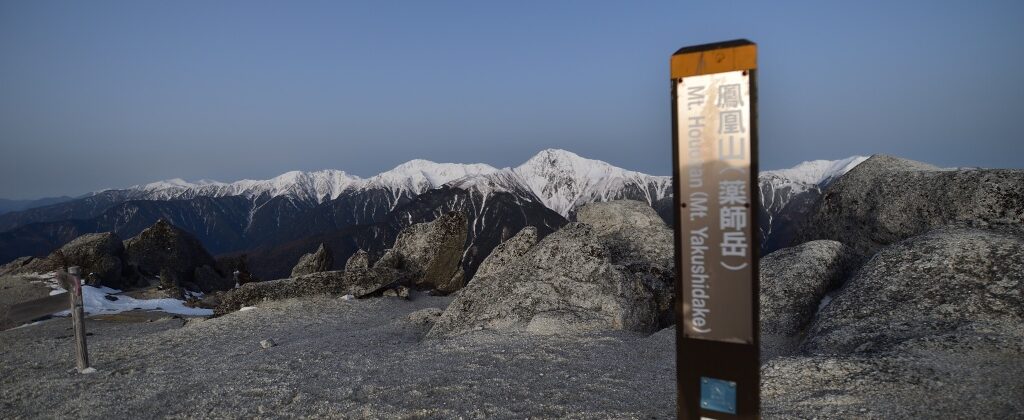
In early May, I ventured to Hōō Sanzan (Phoenix Three Mountains) in the Southern Japanese Alps. Under a state of emergency, I studied weather charts and considered the burden on healthcare systems while choosing this mountain range of snow and ice ridges. After much internal debate, I decided on this climb. Shouldering a tent from Yashajin Pass to Minami-Omuro Hut, I aimed for the Obelisk the following morning on this two-day expedition. This is the record of one who, despite conflicting emotions, still sought the mountains.
Part I: Amidst the Conflict
The Golden Week holidays this year were fraught with indecision.
A state of emergency had been declared, and restrictions on outings were being called for across the country. There were strong voices urging people to refrain from crossing prefectural borders. Should I go to the mountains, or shouldn’t I? For a week, I stared at weather charts while simultaneously questioning myself repeatedly.
Even if I were to go, considering the burden on healthcare, I had to avoid high-risk climbing. Technical climbing, difficult routes, variation routes, ski mountaineering—any mountain activity with risk of injury or accident was unacceptable at this time. I also excluded mountain areas in prefectures under the state of emergency.
Through this process of elimination, Hōō Sanzan remained. The ridgeline consisting of three peaks—Yakushi-dake, Kannon-dake, and Jizō-dake—is positioned at the northern vanguard of the Southern Alps. The elevation is around 2,800 meters. From the highest peak, Kannon-dake, the views of Shirane Sanzan including Kita-dake and Kai-Komagatake are magnificent. And above all, the natural sculptural beauty of Jizō-dake’s Obelisk awaited.
Looking at the weather charts, wind speeds of twenty meters per second covered all of Japan. The Northern Alps and Japan Sea side had to be abandoned. But in the Southern Alps, relatively calm ridge walking would be possible.
It was fortunate that I secured a last-minute tent site reservation at Minami-Omuro Hut. To alleviate symptoms of mountain fever, I wanted to shoulder a tent and gain some elevation. Making excuses to myself, I departed from Yashajin Pass trailhead at eight o’clock as a slow starter.
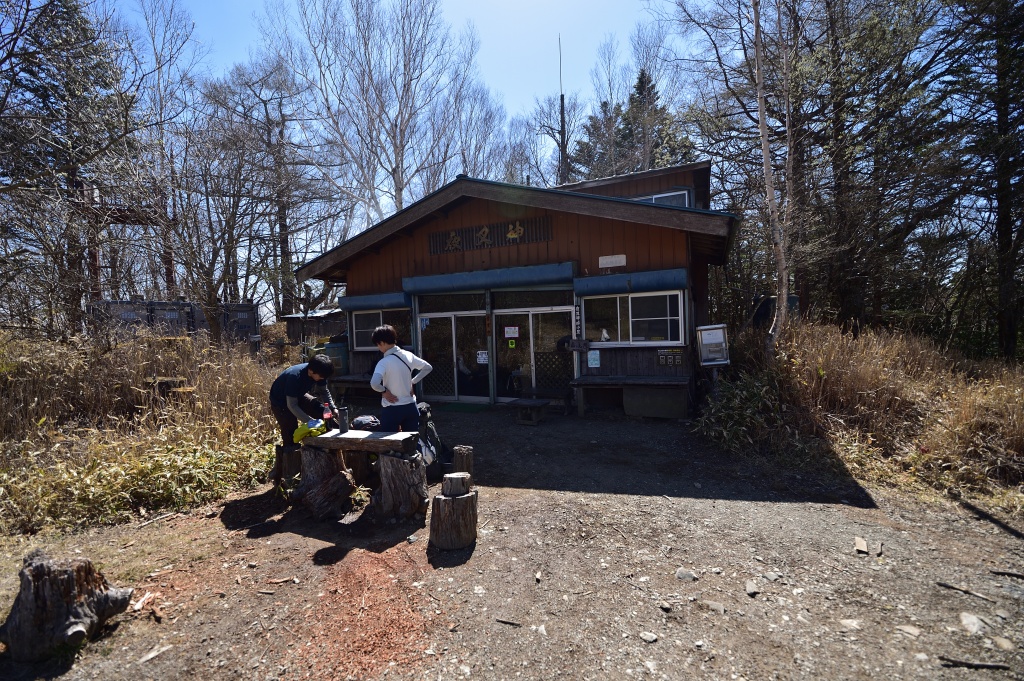
The trail was gentle. I climbed silently through the fresh green forest. May sunlight filtered through the trees, brightly illuminating my path. I reached Yashajin Pass in about an hour. I caught my breath in front of the hut. The view of Shirane Sanzan was magnificent. The snow ridge of Kita-dake stood out against the blue sky, showing its refined form like a white porcelain ornament.
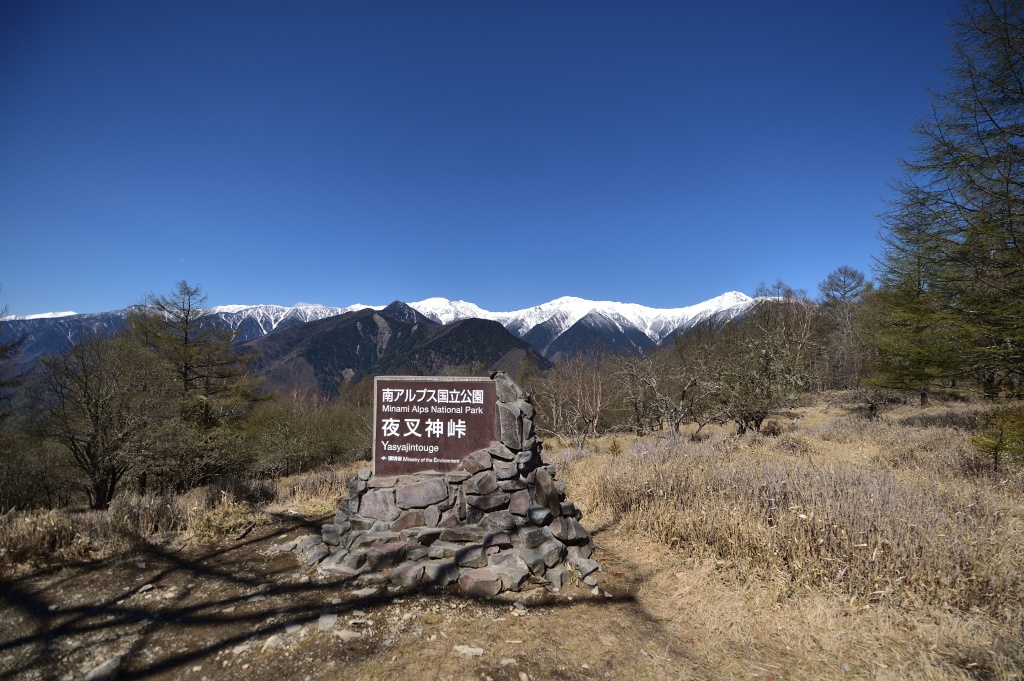
I continued toward Tsuedate Pass while praying continuously to Yashajin-sama. The trail through the forest was peaceful. However, conditions began to change around Ichigodaira. Residual snow had been packed down and turned to ice. My footing required caution.
I headed toward Tsujiyama, intending to descend to the hut from there, but somehow ended up back at Ichigodaira. I could only laugh. Pulling myself together, I pressed on toward Minami-Omuro Hut.
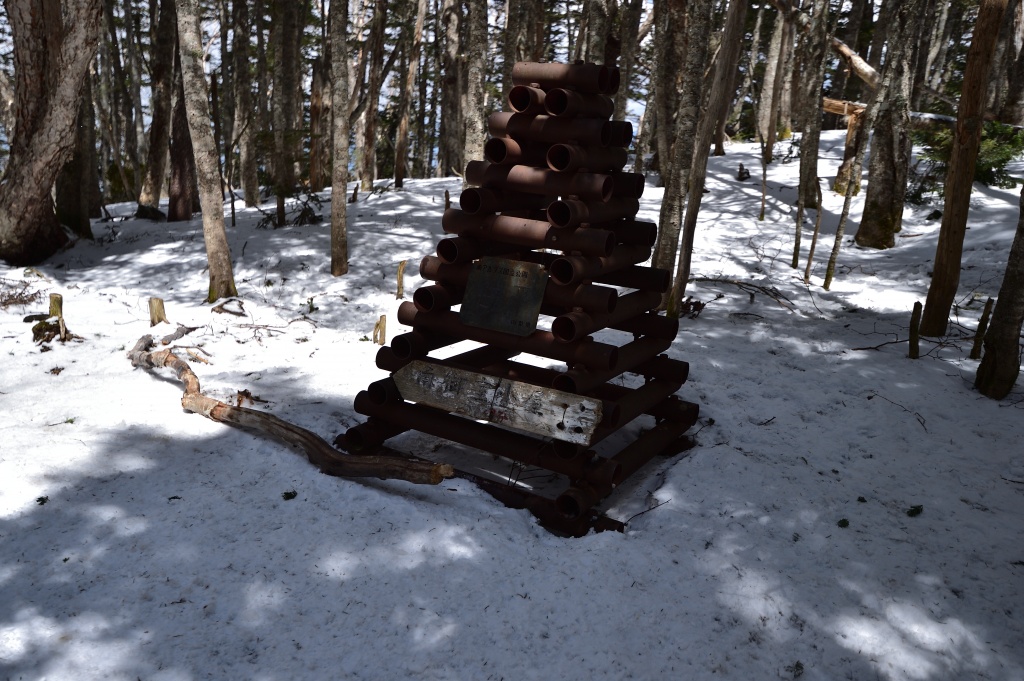
Part II: Dawn on the Snow Ridge
I checked in at Minami-Omuro Hut and pitched my tent. It was a calm afternoon with no wind. Spring water flowed beside the hut. This water is known as Southern Alps natural water and is said to be used in Hakushu whisky. I let the cold, clear water flow down my throat. My body joyfully accepted this blessing welling up from the heart of the Southern Alps.
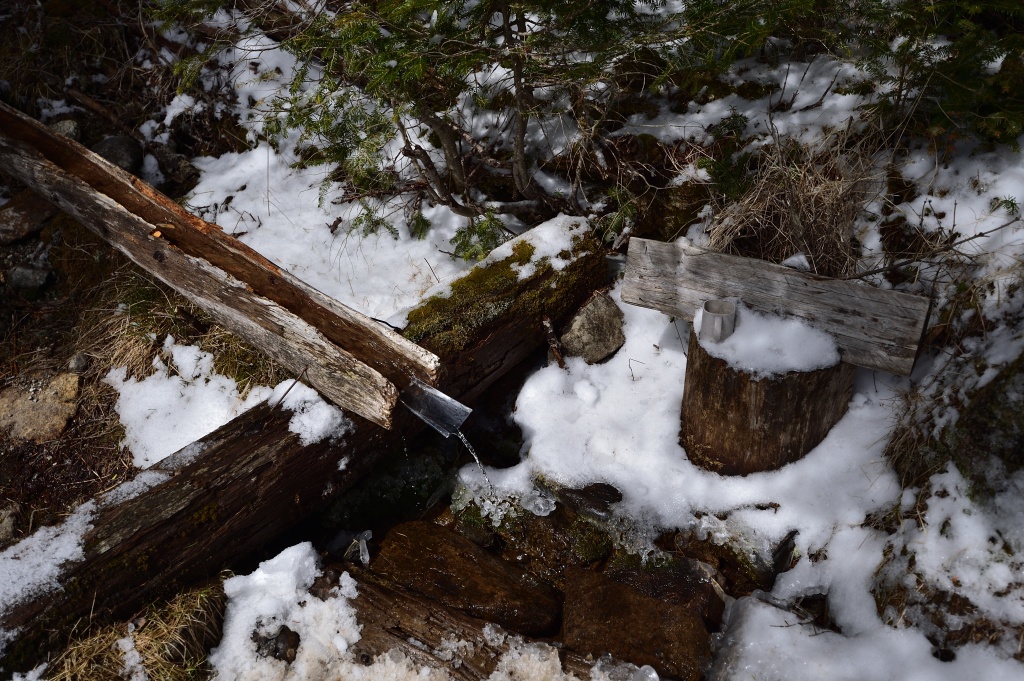
The moment I finished setting up the tent, the temperature began to plummet. The sky turned white with haze, and snow began to dance.
Enough fell to lightly accumulate on the tent. The temperature probably dropped to nearly minus ten degrees Celsius. This cold, in May. I was reminded once again of the Southern Alps’ capriciousness. I crawled into my sleeping bag, preparing for an early start the next morning.
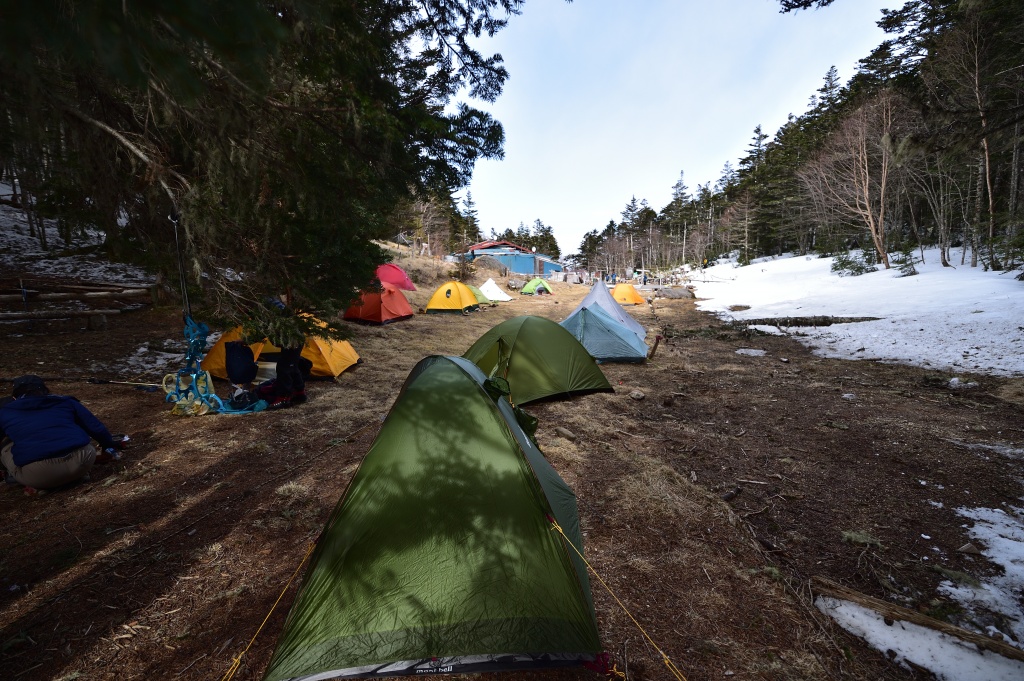
I woke at 3:30 AM and left the hut at 4:30. Unlike yesterday, it wasn’t cold. The temperature was comfortable. My headlamp illuminated the snow surface. Following the packed trail, I gradually gained elevation. Eventually, the eastern sky began to lighten, and the ridgeline was dyed golden. The silhouettes of mountains floating in the morning glow were as serene as the gradations of an ink painting.
I crossed Sunaharai-dake and reached Yakushi-dake. The wind was perhaps ten meters per second. A ridge-like wind. I passed Yakushi-dake Hut and headed toward Kannon-dake. From here, it was long. Repeating the undulations of the ridgeline, I aimed for Jizō-dake where the Obelisk stands.
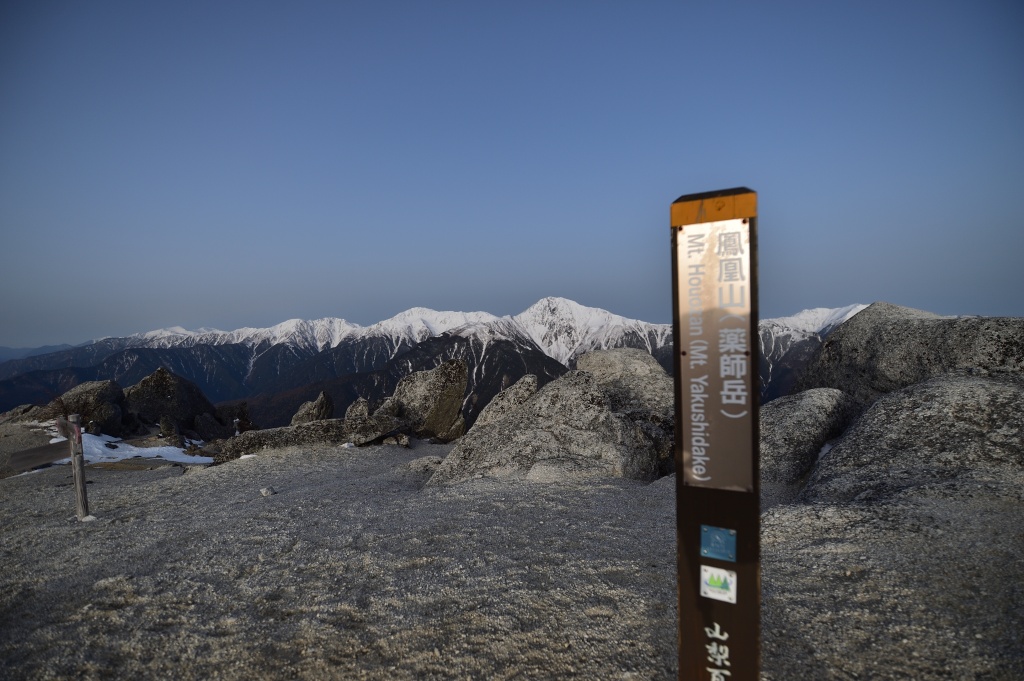
The north side of Kannon-dake changed character. It became a steep slope of snow and ice. I moved my feet carefully. Step by step, surely. The ridge wind caressed my cheeks.
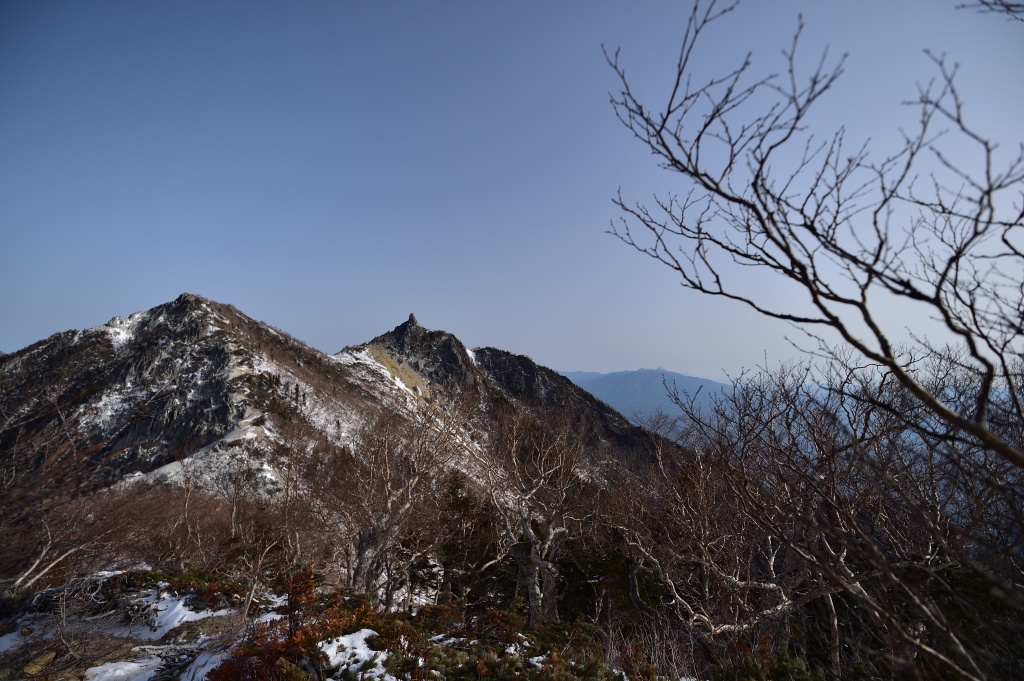
Eventually, the Obelisk of Jizō-dake loomed before me. A massive granite rock tower piercing the sky. An obelisk refers to ancient Egyptian stone pillars. When the Meiji-era survey team saw this rock pinnacle, they must have recalled Egyptian monuments. The natural formation created by weathering and erosion possesses an overwhelming power and dignity incomparable to any man-made tower. The foothold areas were worn into ice, but by using the rock sections, I could climb normally. I crawled up the final few meters and stood atop the Obelisk.
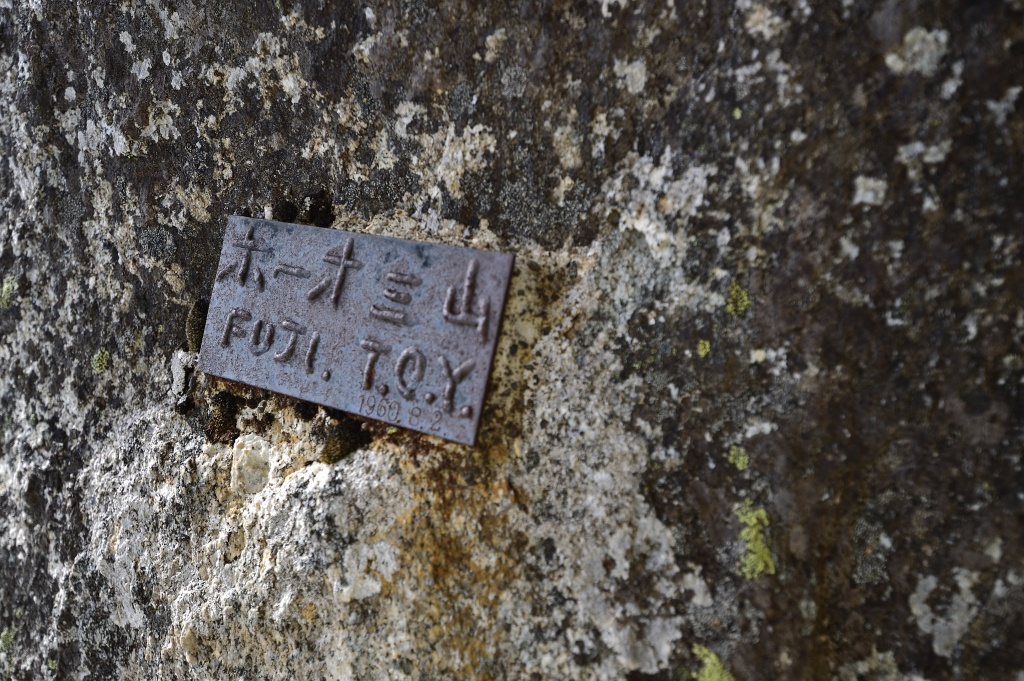
Shirane Sanzan, Kai-Komagatake, Yatsugatake. The mountains spreading across my vision were overwhelming. Standing in the wind, I lingered for a while. Relief at having reached this May ridgeline and gratitude for this view filled my chest.
Part III: The Return
The descent retraced the ascent route. The temperature began to rise, and the snow started to deteriorate. The slope of Kannon-dake showed a different character than in the morning. My footing loosened, requiring caution.
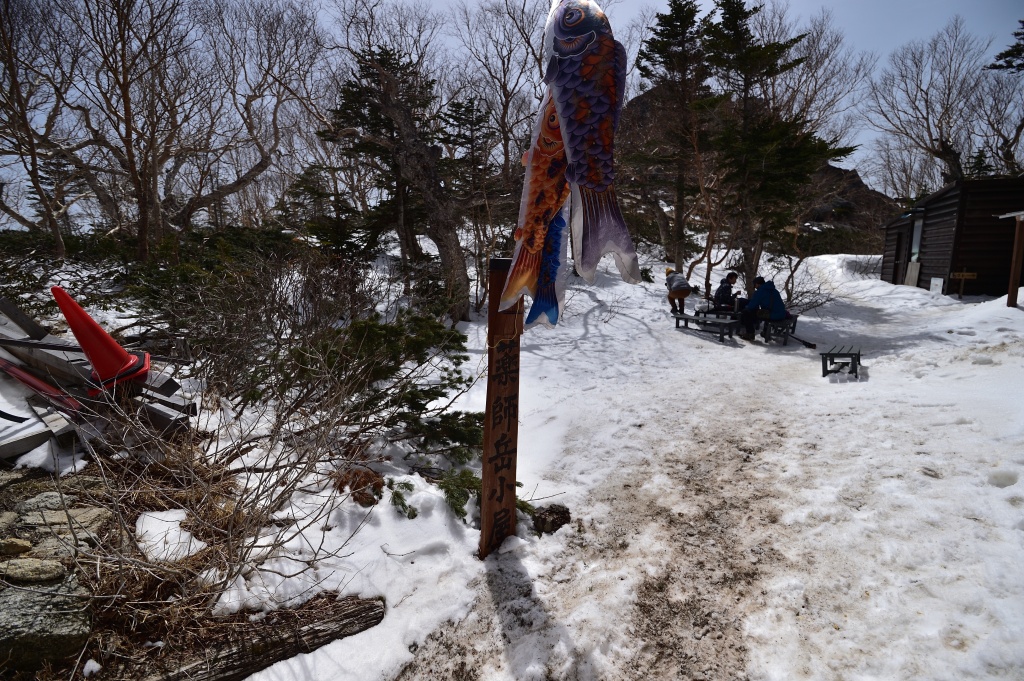
I traced back through Yakushi-dake and Sunaharai-dake, returning to Minami-Omuro Hut. I broke camp and had a late lunch. The sunlight was strong, and heat enveloped my body.
The descent was long. My strength drained by the merciless sunlight, I descended through Tsujiyama and Tsuedate Pass. Upon entering the forest, I was finally freed from the sun’s rays. I took a breath at Ichigodaira.
By the time I passed Yashajin Pass, I was completely exhausted. Still, my feet moved forward. Before 3:00 PM, I returned to Yashajin Pass trailhead.
The ridgeline of snow and rock characteristic of Hōō Sanzan. May’s capricious weather. The view from the Obelisk. The climb chosen under a state of emergency still certainly gave me the joy of mountains. I lowered my pack and took a deep breath in the parking lot. That I was able to come to the mountains again, that I descended safely—that alone was enough.
LOG SUMMARY
- Date: May 3–4, 2021 (Monday–Tuesday)
- Team: Solo
- Mountain Area: Southern Alps, Hōō Sanzan (Phoenix Three Mountains)
- Route: Yashajin Pass Trailhead → Yashajin Pass → Tsuedate Pass → Tsujiyama → Minami-Omuro Hut (overnight) → Sunaharai-dake → Yakushi-dake → Kannon-dake → Jizō-dake → return via same route
- Activity Time: Day 1: 5 hours 36 minutes / Day 2: 10 hours 17 minutes
- Accommodation: Minami-Omuro Hut tent site
- Weather: Clear with occasional snow
- Special Notes: Frozen snow surface on ridge sections
